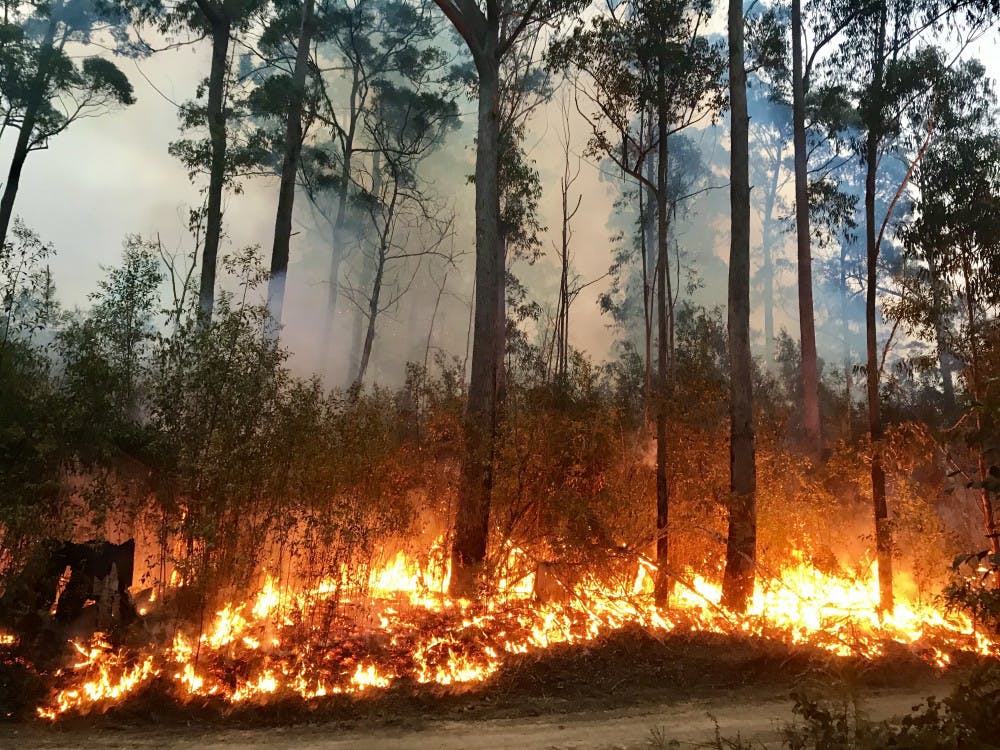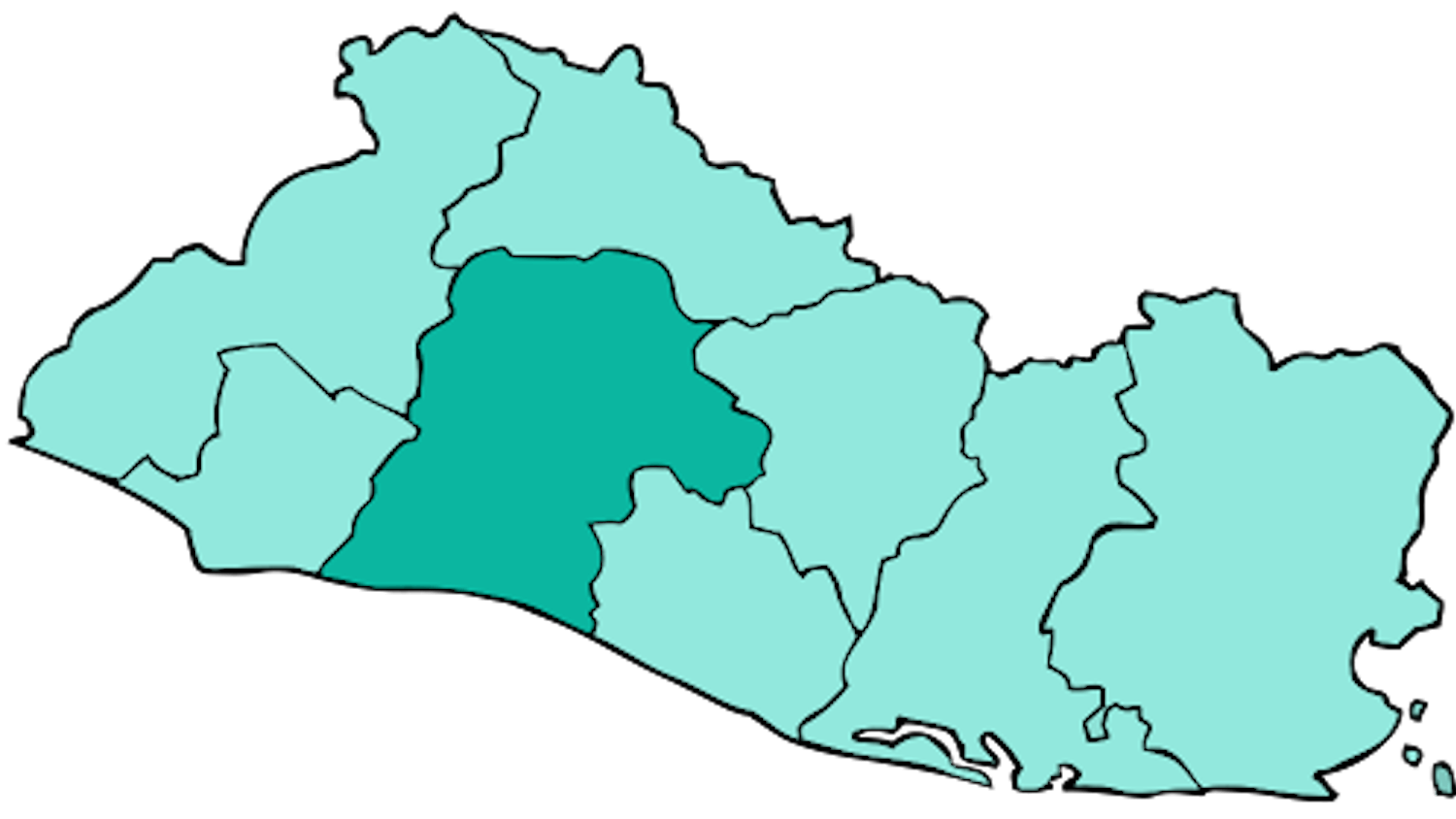By Julia Ahart
Staff Writer
Over the past week, wildfires have continued to ravage several parts of Australia, claiming the lives of four people and destroying at least 150 homes as of Saturday, Nov. 16, according to The Associated Press. With no rain in sight, the flames are only expected to worsen.

The Associated Press reported that many Australian residents have been forced to evacuate. More than 1,000 firefighters are continuously dousing the flames in the hopes of containing the rapidly spreading bushfires.
Due to its dry and hot climate, Australia is no stranger to the threat of bushfires. According to Bloomberg, the country’s worst fires, known as the Black Saturday blazes, took place in February 2009 and caused 180 fatalities.
These fires are deadly not only to humans, but to Australia’s wildlife as well. CNN reported on Nov. 10 that hundreds of koalas are feared dead in addition to other wildlife.
Although Australia often battles bushfires in the dry heat of the summer, the fires this year are particularly concerning because of their early ignition in the season. According to Bloomberg, the early start is extremely worrisome because the country’s temperatures will continue to climb in the coming months.
Several parts of Australia have sent out emergency warnings, with the majority of the fires blazing in the northeastern states of New South Wales and Queensland, according to The Associated Press.
On Nov. 12, sporadic bushfires also broke out in Sydney, Australia’s biggest city, according to Bloomberg.
The wind sweeping down the continent has helped keep some areas cool while also presenting immediate danger for others who have not yet been affected. According to Bloomberg, with such tremendous winds, the direction of the fire fronts can change easily, causing rapid spreading.
Authorities said that it may be too late for some residents to evacuate safely. Hundreds of schools also closed in preparation, Bloomberg reported.
The Australian government weather bureau reported that climate change is contributing to the early start and increased intensity of the bushfire season, according to Bloomberg. This is also the first time in history that authorities have set the highest warning level possible for Sydney regarding fires, and that this may be a push for government policies that aim to reduce carbon emissions.
Several hundred homes have already felt the devastating effects of the climate-change fires. According to The Associated Press, the Insurance Council of Australia has received 450 claims from the areas hit by the flames. The numbers of claims are expected to rise as the fires continue to blaze.
“‘I have to confess to being hugely relieved this morning that yesterday our amazing volunteers and emergency service personnel withstood the catastrophic conditions and did manage to save life and property,’” State Premier Gladys Berejiklian told The Associated Press.
The U.S. ambassador to Australia, Arthur Culvahouse Jr., said that a jet with 9,400 gallons of fire retardant was sent from New Mexico to the Australian east coast in an attempt to prevent the flames from spreading, according to The Associated Press. Other aid may be sent to the nation in the near future.







